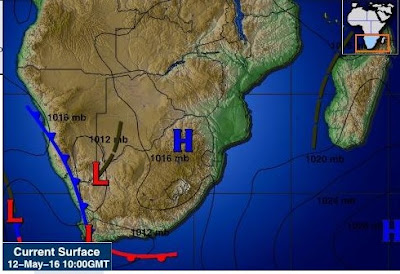Weather on the Winter Solstice
The winter solstice occurs on June 20th with temperatures ranging from 65 degrees Fahrenheit to 47 degrees Fahrenheit. During this time there is some moderate rain observed. As noted from the temperatures it can get cold during this period but only light warm gear is needed unless one is sensitive to the cold then you may want to bundle up a little more. Also, one should carry an umbrella or overcoat in the event that it does rain since there is more of a chance of it raining during this time. But, just because it rains do not let this put a damper on your day, it will most likely clear up after a little while.
Weather on the Summer Solstice
The summer solstice in the southern hemisphere happens on December 21st. Temperatures observed here range from a high 77 degrees Fahrenheit to a low of 59 degrees Fahrenheit. There is some light rain during the summer solstice but may not be any since it is more of a Mediterranean kind of summer, dry and hot. One would probably go to the beach or take a nice hike some place picturesque since the days are mostly sunny and warm. Cooling off by the pool or partying it up with friends at night is amazing due to the warm weather.
Weather on the Spring Equinox
On March 20th is when the spring equinox occurs in Cape Town. The average maximum temperature at this time is around 77 degrees Fahrenheit and the average minimum is 57 degrees Fahrenheit. One could expect little to no rain just like the summer solstice. As you could probably tell, weather during these two times are quite similar. Again, this time is great to go outside and play at the beaches or in ones own front yard. There are also a lot of places to go hiking or parks to go out and have a picnic on a bright warm day.
Weather on the Autumnal Equinox
On September 22 is when the autumnal equinox normally occurs. The average temperatures at this time range from 67 degrees Fahrenheit to 48 degrees Fahrenheit. At this equinox, one would observe almost no rain or any type of precipitation. The weather is fairly chilly but again, if you are sensitive to the cold you would probably want to bundle up a bit since it may feel even colder if there was a wind chill or a sudden gust while one is out.
Traveling Here!
If you're trying to plan a trip here summer time is one of the best times to come and pay a visit. Most people go to the beaches to enjoy a cool dip in the ocean or go on hikes in the mountains to gain gorgeous views of the city or forested areas in Cape Town. The only type of weather hazard here may be the "Cape Doctor" winds if they were super strong and persistent, but most people really love when this wind comes around because it cools everyone off and blows any pollution or pollen in the air away from the city. Cape Town is especially great because of the perfect Mediterranean like summers, the hot, dry climate making such nice evenings.
Come to Cape Town where you can take barefoot walks along the beaches and where the "Cape Doctor" will blow all of your troubles away, We'll see you soon!







